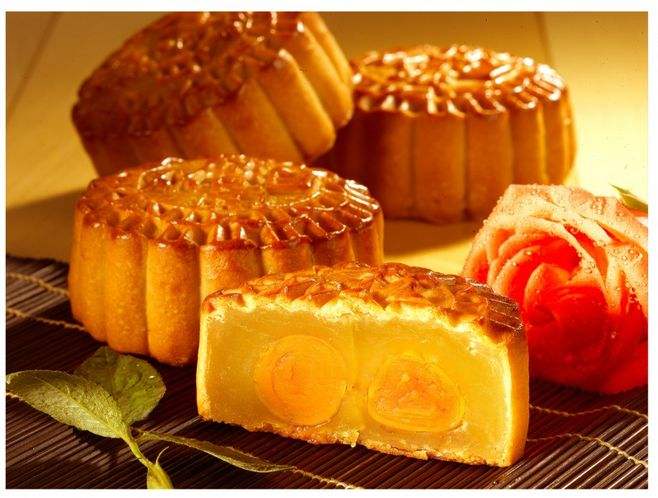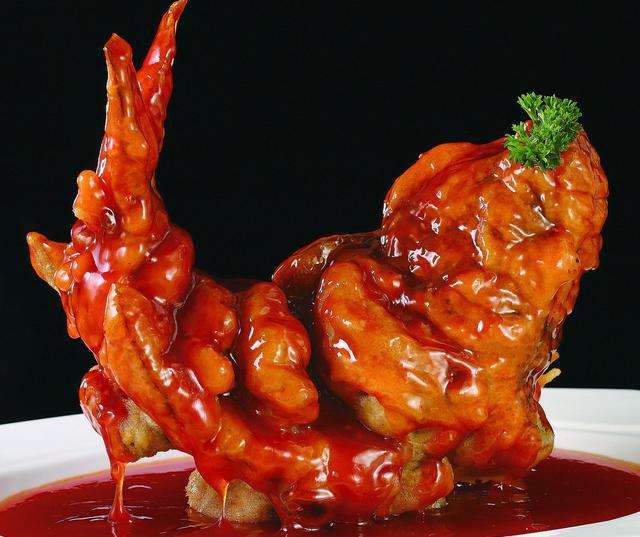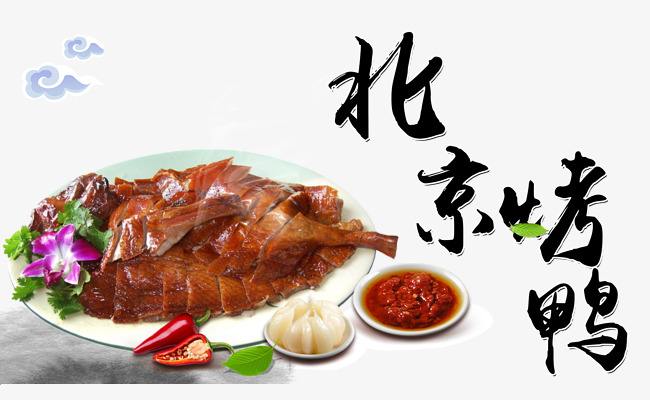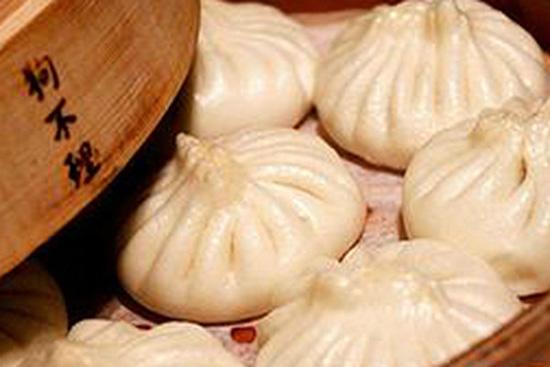Symbolic food shapes and names
4 min readThe shape of food often carries symbolic significance. Mooncakes and yuanciao (sweet dumplingsmade withe glutinous rice flour dumplings) are round, symbolizing the moon and family reunions.
Jiaosi(dumplings with meat and vegetable filling) are shaped like traditional gold or silver ingots, symbolizing prosperity. Noodles are long, symbolizing longevity, so they are traditionally eaten on birthdays.
Mooncakes

The names of traditional holiday foods often incorporate puns. For instance, niangao(New Year’s cake made with sticky rice), traditionally eaten on the Lunar New Year, has the same pronunciation as a phrase that means”higher every year,”signifying the wish for increasing prosperity over the coming year. Double Nine Festival is celebrated by climbing to the top of mountains or hills. Gao(cake), which sounds the same as gao (high), is eaten on this day to signify the hope for lofty accomplishments.
Sweet and Sour Carp

The names of many dishes also make imaginative use of homonyms.”Quail”and “spring”are pronounced the same in Chinese, so a quail dish called “Spring Returns to the Land”symbolizes the coming of spring and happiness.”Herring”and”time”sound the same;a braised herring dish called “Time for Good Luck”expresses the wish for improved fortunes. The word for carp is pronounced the same as li(a unit of length, about 500 meters).A sweet and sour carp dish called “Bright Future of10,000 Li”symbolizes the hope for great accomplishments. The components of the word for lotus are homonyms for”one hundred”and”union.”So a dish made with lotus root, called “One Hundred Years of Happy Union,”is often given to newly married couples to wish them a long life of conjugal bliss. It is customary to eat dates and chestnuts at weddings, because when put together,”date”and “chestnut”form a homonym for the phrase”to quickly be blessed with a child.”
Using the symbolic shapes or names of various types of food to express good wishes is a distinctive feature of China’s food culture.Chinese cuisine uses color,aroma,and flavor to stimulate the appetite;the names of Chinese dishes are just as rich and colorful as the food itself.Chinese people set great store by names,bringing the same attention to choosing evocative names for food dishes as to naming people.The names of many Chinese dishes have cultural significance,so diners experience not only gustatory delight but also intellectual pleasure.There are two main categories of food dish names,popular and elegant.
Beijing Roast Duck

Popular food dish names may be either descriptive or abstract.Descriptive names specify the dish’s main ingredients,seasonings,cooking methods,or place of origin,while abstract names often containhumorous or historical references.Examples of descriptive names include Vinegar Stir-Fried Perch,Braised Sea Cucumber with Scallions,Cold Seasoned Bean Sprouts,Pork with Tomatoes,Daokou Roast Chicken,and Beijing Roast Duck.Abstract names often are based on a story or legend.For instance,Buddha Jumps the Wall is a meat dish,said to be so delicious that Buddha left his temple and abandoned his vegetarian principles in order to eat it.Legend has it that Beggar’s Chicken was invented by Emperor Zhu Yuanzhang,founder of the Ming Dynasty(1368-1644 AD).Zhu Yuanzhang rose from a life of poverty,in which he often had to survive by begging.It is said that during this time he once hid a stolen chicken by coating it with mud and placing it in a fire.When he retrieved it,the chicken had roasted inside the mud shell and was incomparably succulent and delicious.”Goubuli” steamed buns are a type of meat-stuffed bun from Tianjin.The name,which means“even dogs won’t eat them,”is a humorous use of contrary language,indicating that actually these buns are so delicious that everybody wants to eat them.
There are also dishes named after or associated with historical figures.For instance,Dongpo’s Elbow,a braised pork hock dish,was invented by the poet Su Dongpo(1037-1101 AD).Zuo Zongtang’s Chicken was a favorite dish of Zuo Zongtang(1812-1885 AD),a high-ranking official of the Qing Dynasty(1636-1911 AD).It is said the warlord Yuan Shikai(1859-1916 AD)was particularly fond of Gongbao Pork,a spicy meat dish.When former US Secretary of State Henry Kissinger(born 1923 AD)ate at the cafeteria of Beijing University during his visit to China, he especially liked a dish that came to be known as Kissinger Duck. Chairman Mao’s Red-Braised Pork has been popular for many years.
“Deng-style”dishes obviously are connected with the culinary preferences of China’s paramount leader Deng Xiaoping(1904-1997 AD). Today, as China makes the shift to a market economy, naming dishes after famous people adds a certain amount of commercial and advertising value.
Tianjin “Goubuli”Steamed Buns

Elegant food dish names, full of symbolic and literary allusions, have a long history in China.
Particular care was put into naming the dishes eaten by the imperial family. For instance,”Dragon and Phoenix Bring Luck”praises the affection and harmony between the emperor and empress. The dragon, symbolizing the emperor, is represented by mutton, and the phoenix, symbolizing the empress, is represented by chicken.”White Clouds Golden Dragon,”a dish consisting of carp braised with tofu, praises the lofty ambitions of the emperor. The tofu represents the white clouds, symbolizing lofty ambition, and the carp represents the dragon, symbol of the emperor. Imperialbanquets were also given titles, such as “The Feast of Eternal State Power”and”The Banquet of Everlasting Life.”








